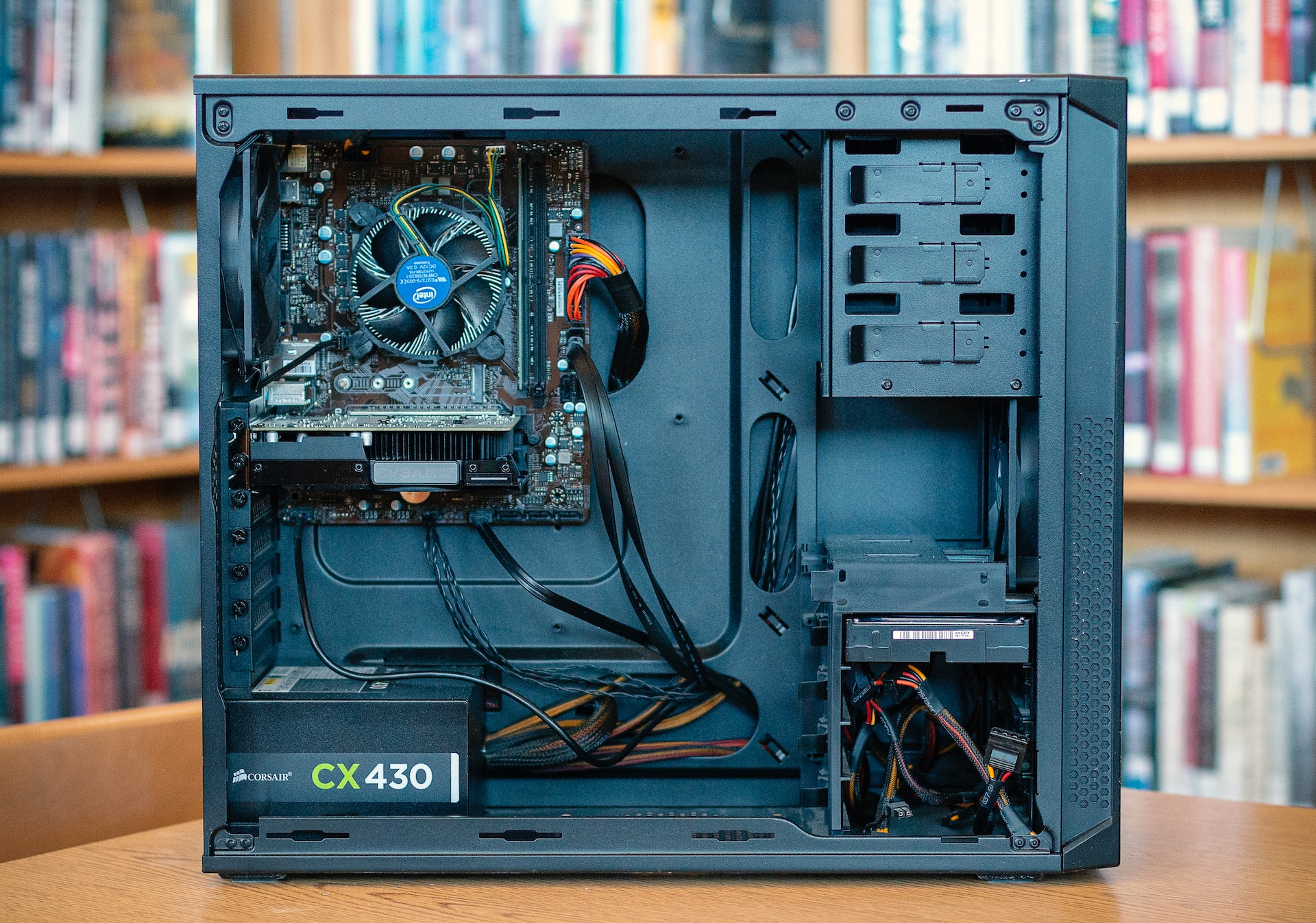Are you looking for a better understanding of how power supplies work? Do you need to know what features to look for when selecting the perfect power supply? If so, you’re in luck! In this blog post, we’ll discuss the basics of power supplies and explain why their functions are essential to a variety of electronic products. We’ll also dive into the details about compatibility between devices and different types of power supplies, helping you become an informed buyer who can select the best product for their needs. Read on to learn all there is to know about these important components!
Introducing Power Supplies – What They Are and How They Function
Power supplies are an essential component of any electronic device, from laptops and smartphones to gaming consoles and televisions. These devices provide the energy needed to power the internal components, allowing them to function properly. Essentially, a power supply takes the incoming electrical current from a wall outlet and converts it into a regulated direct current (DC) that can be safely and efficiently used by the device. You can go here for more useful information about direct currents. Without a proper power supply, electronics can suffer from unstable voltage and damage or even fail completely. Understanding how power supplies work is crucial for maintaining and optimizing electronic devices. So, the next time you power on your favorite gadgets, remember to thank your power supply for keeping everything running smoothly.
Types of Power Supplies – Differentiating AC, DC, and Other Sources
Power supplies are essential components in electronic devices and machinery. Understanding the different types of power supplies is important in determining the right one for your device. Alternating current (AC) and direct current (DC) are the most common types of power sources. AC is the type of power supplied by electrical outlets in homes and buildings, while DC power is commonly used in electronic devices. In addition to these, there are other sources of power such as batteries and solar panels. Knowing the differences between these power sources can help you choose the right one for your device. It is important to note that each type of power supply has its own specific uses and limitations. By educating yourself on the different types of power supplies available, you can make an informed decision on which is best suited for your device.
Safety Considerations When Handling Power Supplies
When it comes to power supplies, safety should always be the number one priority. These units can pack a serious punch and have the potential to harm those handling them if not respected. To ensure everyone’s safety, it’s important to take the necessary precautions when handling power supplies. Simple steps such as reading the manual thoroughly before use, wearing protective gear such as gloves and safety glasses, and being mindful of the electrical currents can go a long way in preventing accidents. It’s also critical to make sure the power supply is plugged into a grounded outlet and to check the wires and connections periodically for any signs of wear or damage. With these measures in place, you can handle power supplies with confidence, knowing that your safety and the safety of those around you are protected.
Choosing the Right Power Supply For Your Needs
If you’re in the market for a new power supply, it’s essential to select one that is compatible with your device and meets its power requirements. You should double-check the device’s manual or manufacturer’s website for voltage and amperage specifications before making your purchase. The wrong type of power supply can cause damage to the internal components of your device, so it’s important to select the correct one. Additionally, make sure to check your device’s compatibility with different types of power sources such as AC, DC, batteries, or solar panels. The right power supply can not only keep your device running smoothly but also maximize its performance and longevity.
Understanding Ratings, Outputs, and Inputs of a Power Supply
A power supply is the backbone of any electronic device, and understanding the ratings, outputs, and inputs of a power supply is crucial for any maintenance work or repair. The voltage and current ratings of a power supply determine the maximum amount of power that it can deliver to a device. The voltage output should match the requirements of the device, while the current should be high enough to meet the needs of the device. Additionally, the inputs of a power supply, including AC power input and DC power input, must match the voltage and current requirements of the device. Knowing the language of these ratings and how they work can help you troubleshoot issues quickly and efficiently, ensuring your electronic devices operate at their best.
Common Troubleshooting Solutions for Power Supply Issues
Power supply issues can be frustrating, but there are several common troubleshooting solutions that can help you get to the root of the problem. One possible cause of power supply issues is a faulty power cable, so start by checking your cables for any signs of damage or wear and tear. If your cables look okay, try unplugging them and plugging them back in again to ensure a secure connection. Another possible solution is to reset your power supply, as this can often solve issues that are caused by software conflicts. If these solutions do not work, you may need to replace the power supply or have it serviced by a professional. Knowing how to troubleshoot common power supply problems can save you time and money in the long run.
Taking Care of Your Power Supply to Ensure Maximum Efficiency
Your power supply plays a critical role in keeping your electronic devices up and running. Without it, your devices would quickly lose function, making it impossible to stay connected and productive. To ensure maximum efficiency and longevity, it’s vital that you take good care of your power supply. This means keeping it clean and free of dust and debris, avoiding extreme temperatures, and storing it in a safe place when not in use. By taking these simple measures, you can extend the life of your power supply, and by extension, your devices, to ensure they keep functioning at their highest level possible.

With all power supplies, the most important thing is to make sure that you find the right one for your needs and use it correctly. Carefully consider all of the elements that go into choosing a power supply and understand the risks associated with working with them. Regularly inspect your power supply to ensure that it is functioning properly and if you have any questions or concerns, don’t hesitate to seek assistance from a professional. So now, go out and start exploring the fascinating world of power supply options so that you can select the perfect source for your project!







